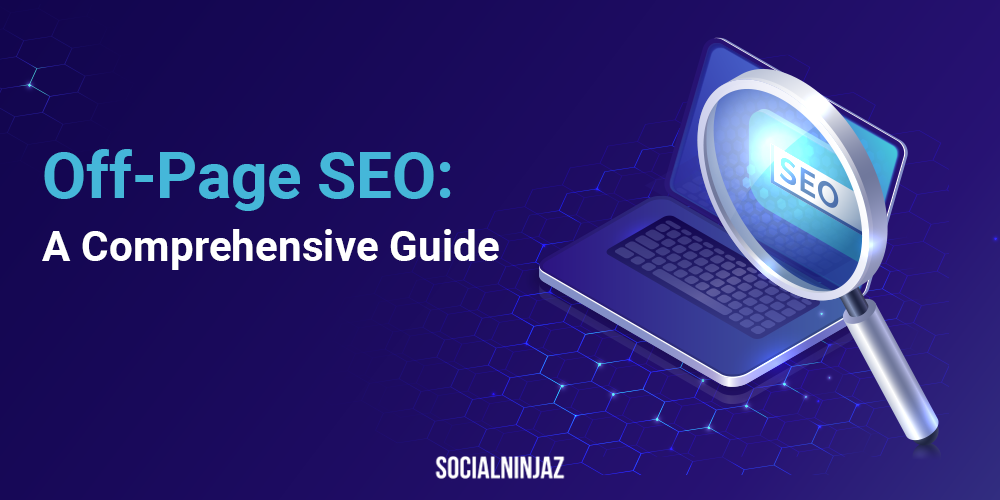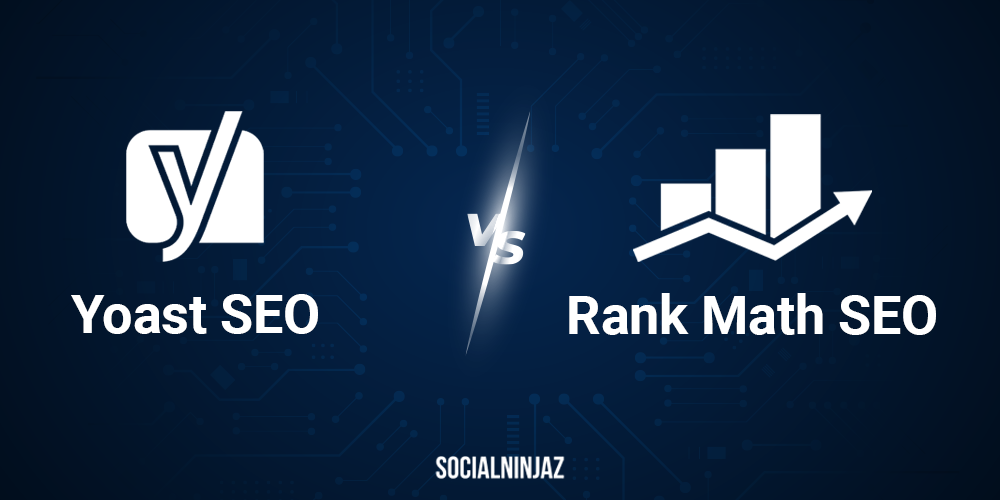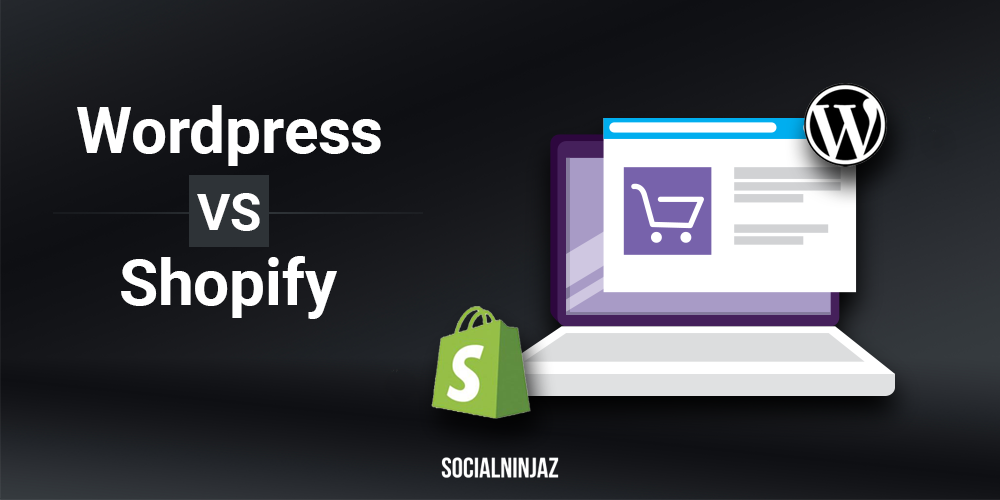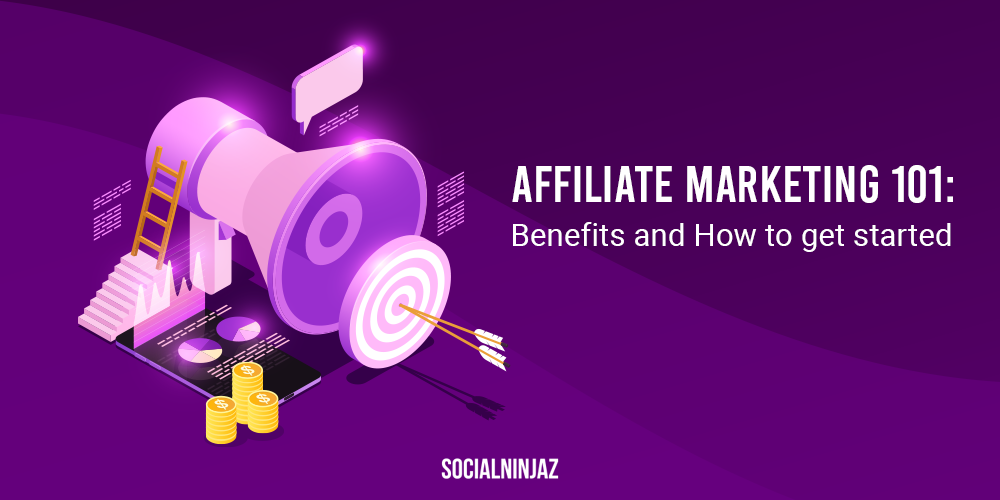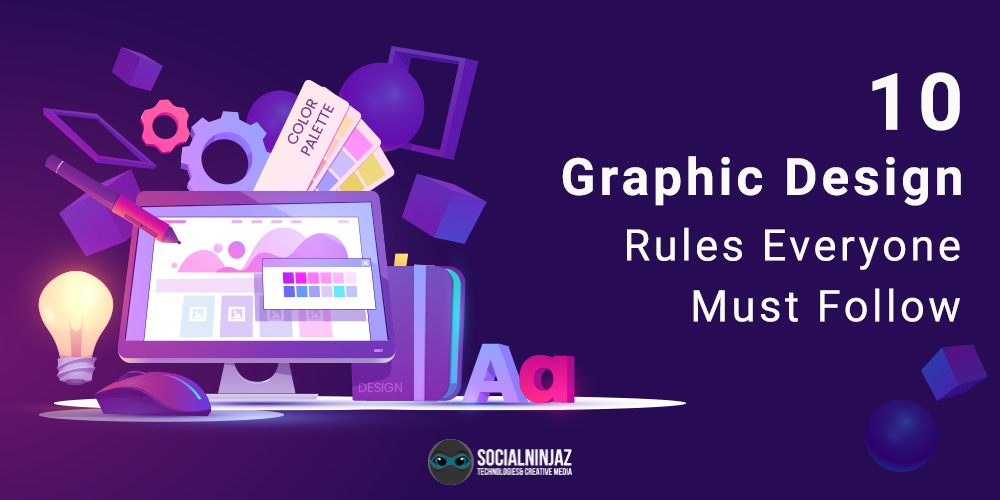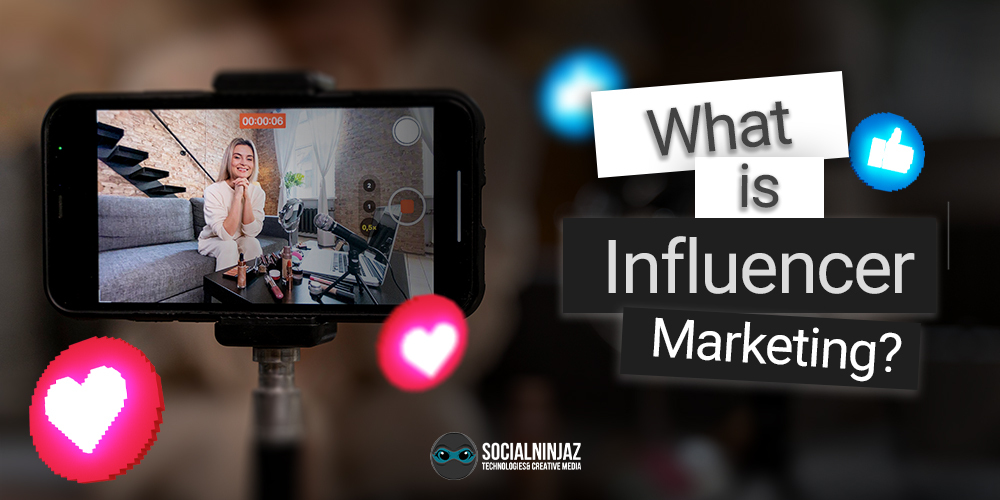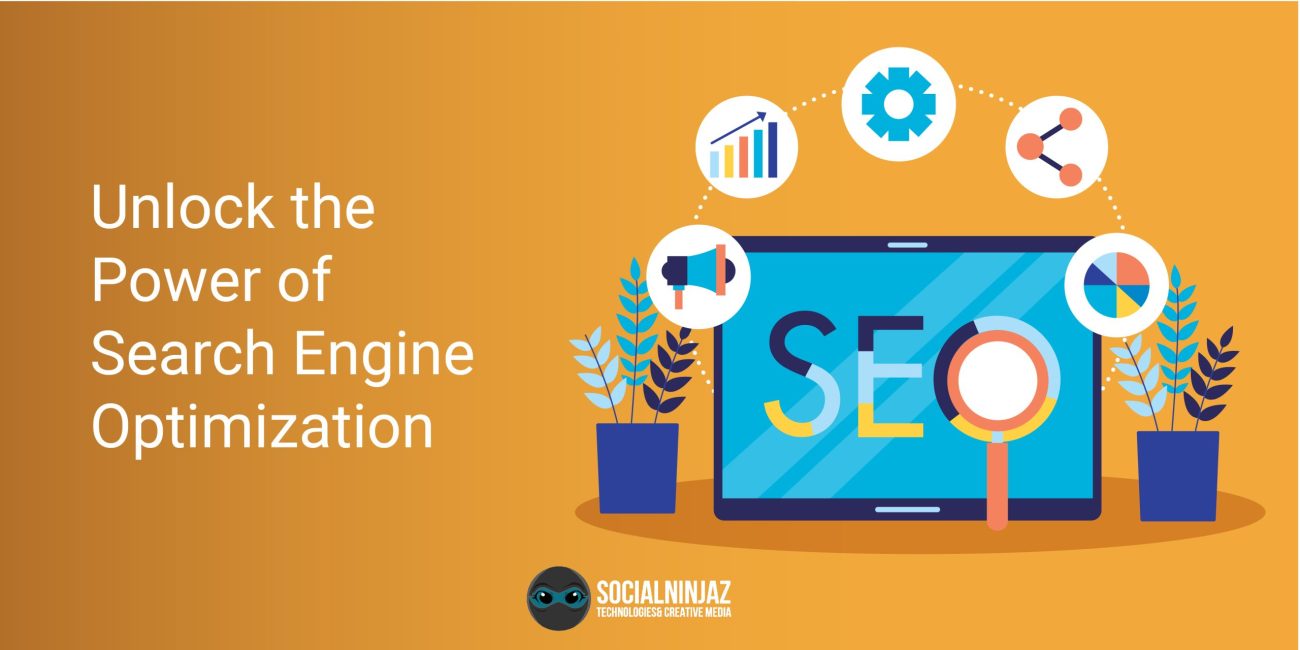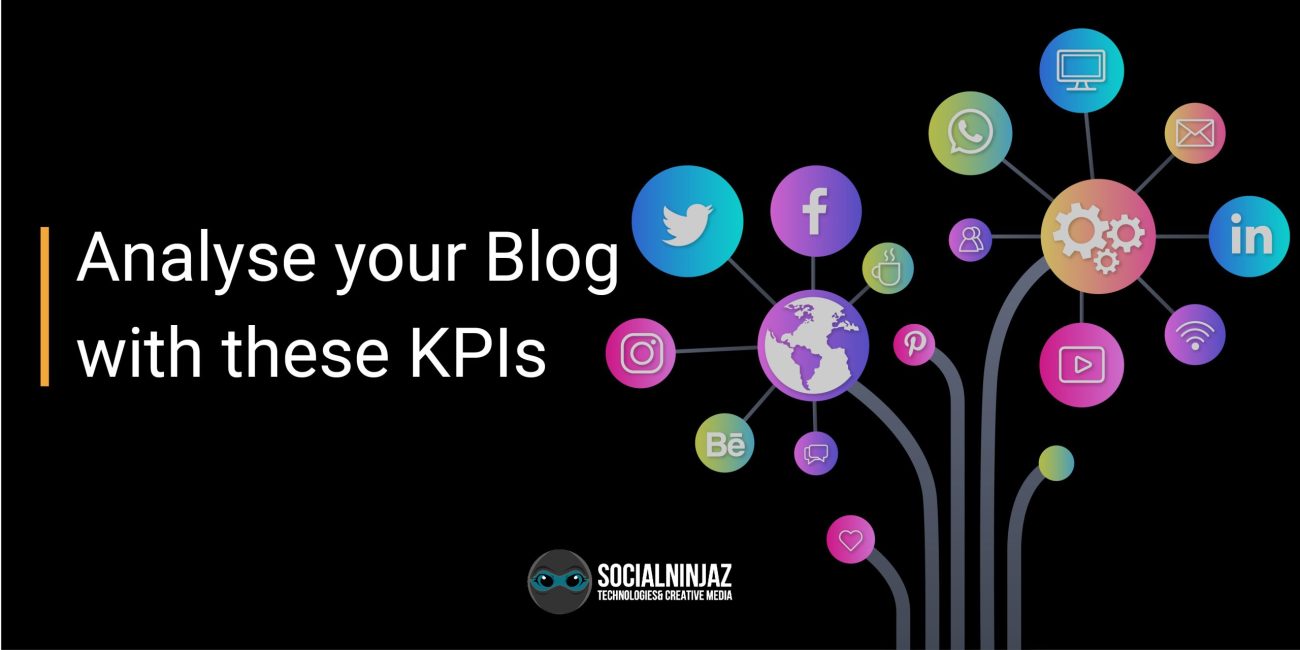Blog

Most Suitable Ads for my Business: Search Ads VS Display Ads
In today’s digital age, advertising has become an essential aspect of businesses. It has evolved from traditional forms of advertising to digital advertising, where Search Ads and Display Ads are the most commonly used methods. Search Ads and Display Ads have their own unique characteristics, advantages, and disadvantages, which can make it challenging for businesses to decide which one to use for their marketing campaign. Let’s delve into the differences between these to help you decide which is best for your business.
Table of Contents
ToggleWhat are Search Ads?
Also known as search engine advertising or paid search, are text-based ads that appear on search engine results pages (SERPs). Advertisers bid on specific keywords related to their business and target audiences, and their ads are displayed when users search for those keywords. Google Ads, Bing Ads, and Yahoo! Ads are all examples of search ads.
What are Display Ads?
Display ads are graphic-based ads that appear on websites, apps, and social media platforms. Display ads, unlike search ads, are tailored based on user demographics, interests, and behavior rather than search queries. Advertisers use different ad formats, such as images, videos, and interactive ads, to engage with their audiences. Display ads are usually used in Google Display Network, Facebook Ads, and other ad networks.
Targeting and Audience
Search ads are highly targeted, as they are based on search queries that users enter into the search engine. Advertisers can target specific keywords, locations, languages, devices, and times of day to reach their audiences. For instance, if you’re a restaurant owner in Delhi, you can bid on the keywords “best Italian restaurant in Delhi” and target users who search for those keywords within a specific radius of your location.
On the other hand, display ads offer a broader targeting range. Advertisers can target specific audiences based on their demographics, interests, behaviours, and other factors. For instance, if you’re a fashion retailer, you can target those with an interest in fashion, follow fashion blogs, or have purchased from similar retailers earlier.
Ad Format and Creatives
Search ads are text-based ads that include a headline, description, and URL. Advertisers can add ad extensions, such as call extensions, location extensions, and site link extensions, to enhance their ads’ visibility and performance. These are usually plain and straightforward, but they can still attract users’ attention with a compelling headline and description.
Display ads, on the other hand, offer more creative freedom and can include images, videos, and interactive elements. Advertisers can choose from various ad formats, such as banner ads, video ads, native ads, and responsive ads, to match their creatives with the platform’s requirements. Display ads can be more visually appealing and stimulating, but can also be intrusive and annoying if not designed well.
Cost and ROI
Search ads are cost-per-click (CPC) ads, meaning advertisers pay only when someone clicks on their ad. The cost of each click varies depending on the competition level of the keyword and the ad’s quality score. Advertisers can set a daily budget and bid for their desired keywords to control their ad spend. Search ads’ ROI is generally higher than display ads, as they target users actively searching for a product or service.
Display ads, on the other hand, are cost-per-impression (CPM) ads, meaning advertisers pay for every 1,000 impressions their ad receives. The cost of each impression varies depending on the ad’s targeting, placement, and ad network. Advertisers can set a daily budget and bid for their desired audiences to control their ad spend. Display ads’ ROI is generally lower than search ads, as they target users who may not be actively looking for a product or service.
In conclusion,
Search Ads and Display Ads have their own unique benefits and are essential for any successful digital marketing campaign. While Search Ads are more targeted, Display Ads have a broader reach and more creative latitude. It all boils down to the campaign’s aims and goals, and also its target audience. It is critical to grasp the distinctions between the two and how they might be employed to attain the desired results. By incorporating both in a marketing strategy, businesses can effectively capture the attention of potential customers and ultimately increase their online presence and revenue.
admin
Don’t forget to share this post
Similar posts
Why Hiring a WordPress Website Designer Is a Smart Move for Your Business
How Startups Can Leverage Branding Through Social Media for Faster Recognition
How a Web Development Agency Drives SEO, UX, and Long-Term ROI
Building Website for Business vs Relying on Social Media: What Works Best
Marketing Your Business on Social Media – Strategies That Actually Work in 2025
Why You Should Hire a Website Development Agency to Scale Your Business in 2025
Why Your Brand Needs Professional Website Development Services Today
How Web Development Services Empower Brands to Lead in the Digital Age
Why Your Brand Needs a Human-Centric Social Media Marketing Agency
How Does SEO-Friendly Website Design Boost Traffic?
Digital Marketing Using Social Media: What Google’s Latest Update Means for Your Brand in 2025
Why Website Design and Development Services Drive Business Growth
Mastering Social Media Branding: What 2025’s Boldest Indian Brands Are Doing Differently
Why Website Development Services Are Essential for Small Business Growth
Why Hiring a Website Development Agency Is the Smartest Move for Your Business
Janta Sab Jaanti Hai… Par Bhushan Behtar Bechta Hai!!!
What’s the Fuss about Twitter Verification
ChatGPT: The Latest Threat to Human Employment
Difference between a Website and Web Application
Unmasking the Dark Side of SEO: Balancing the Risks and Rewards of Black Hat SEO vs White Hat SEO
Most Suitable Ads for my Business: Search Ads VS Display Ads
Top SEO Websites in the World
How to Get Instagram Verification Blue Tick???
Introduction to Proximity Marketing
YouTube Marketing: Boost Your Online Presence
Off-Page SEO: A Comprehensive Guide
Yoast SEO VS Rank Math SEO
Why Content is King in Modern On-Page SEO
Remarketing 101
Shopify VS WordPress: Which one is more suitable for your business?
Affiliate Marketing 101: Benefits and How to get started
Instagram Stories vs Snapchat Stories
A journey from 0 to 1000 Instagram followers in 10 days
10 Graphic Design Rules Everyone Must Follow
5 Artificial Intelligence Websites for Higher Productivity
Guide to Understanding Web 3.0 Space
What is Influencer Marketing?
Top 20 Performance Marketing Terms You Must Know
Things to look out for in the Digital Marketing Space in 2023
Mastering the Art of Snapchat Marketing
Unlock the power of Search Engine Optimization
Analyse your blog with these KPIs
The Most Innovative and Memorable Social Media Campaigns of the past two decades












